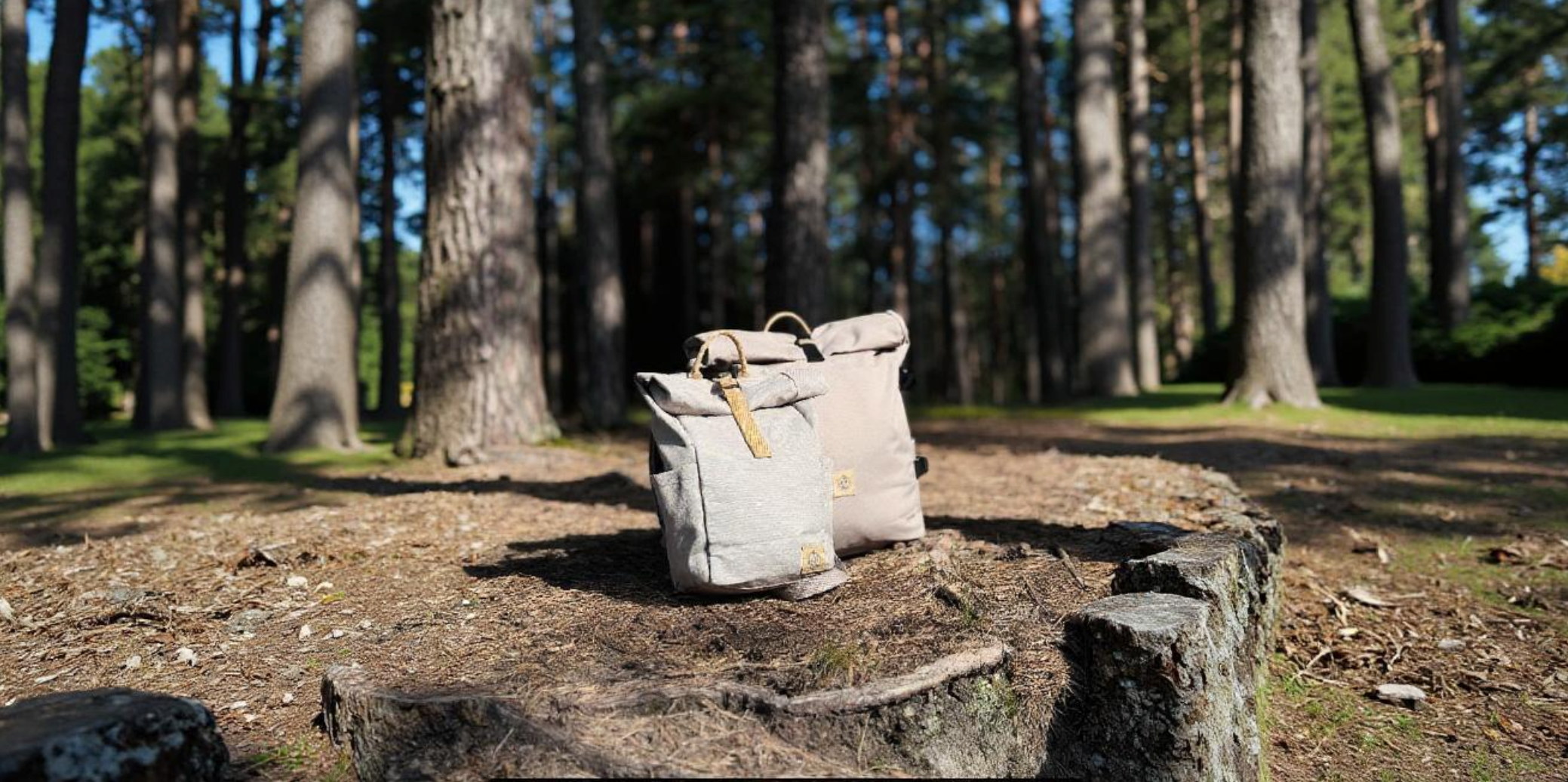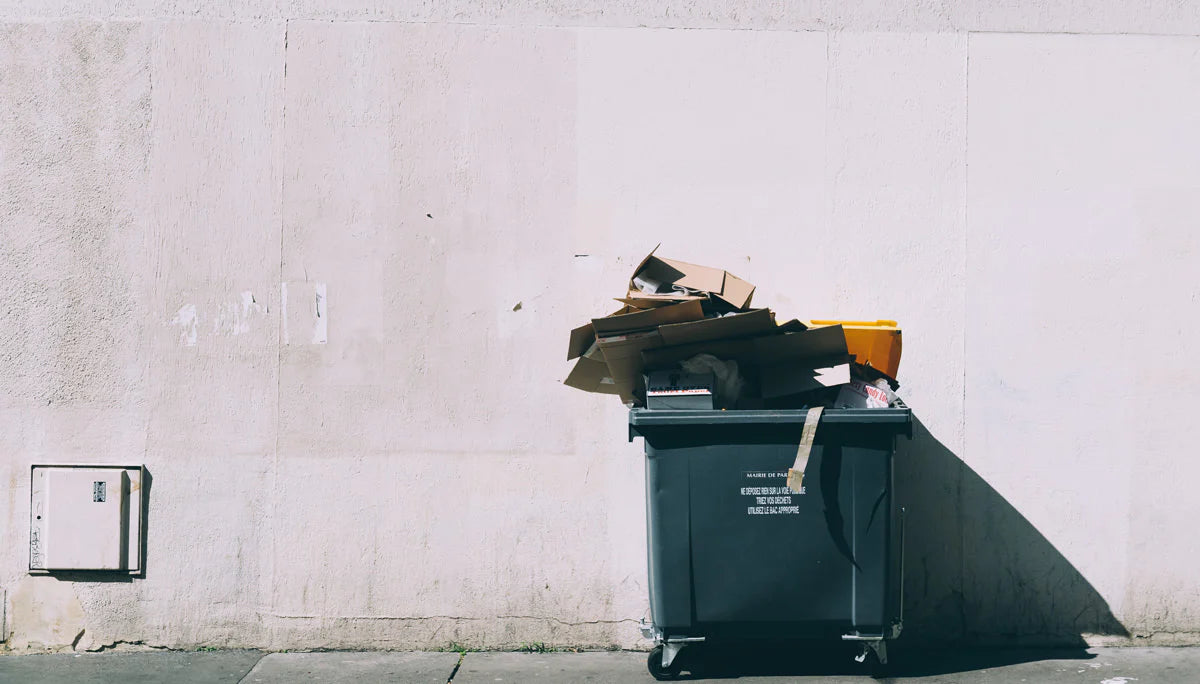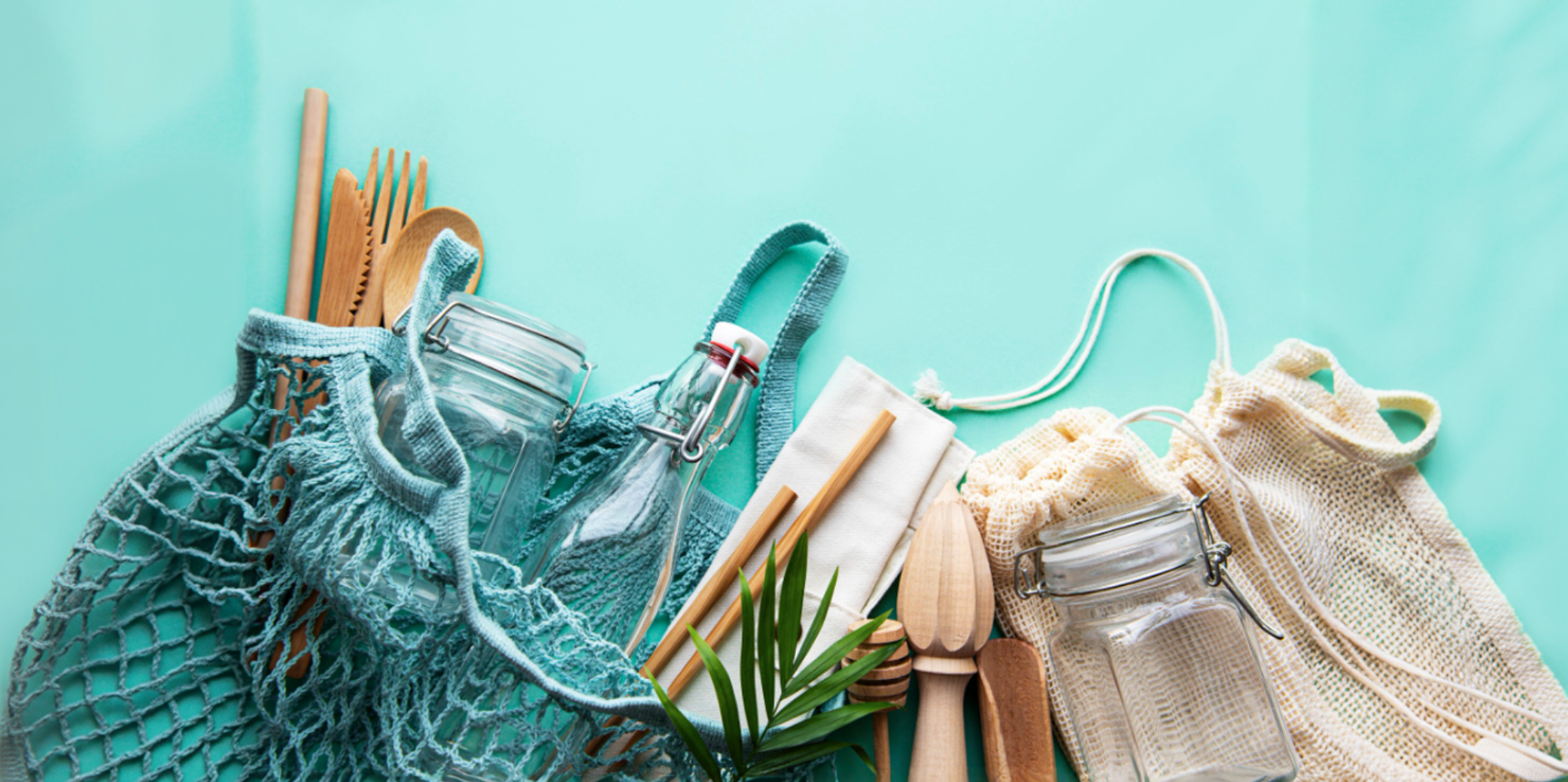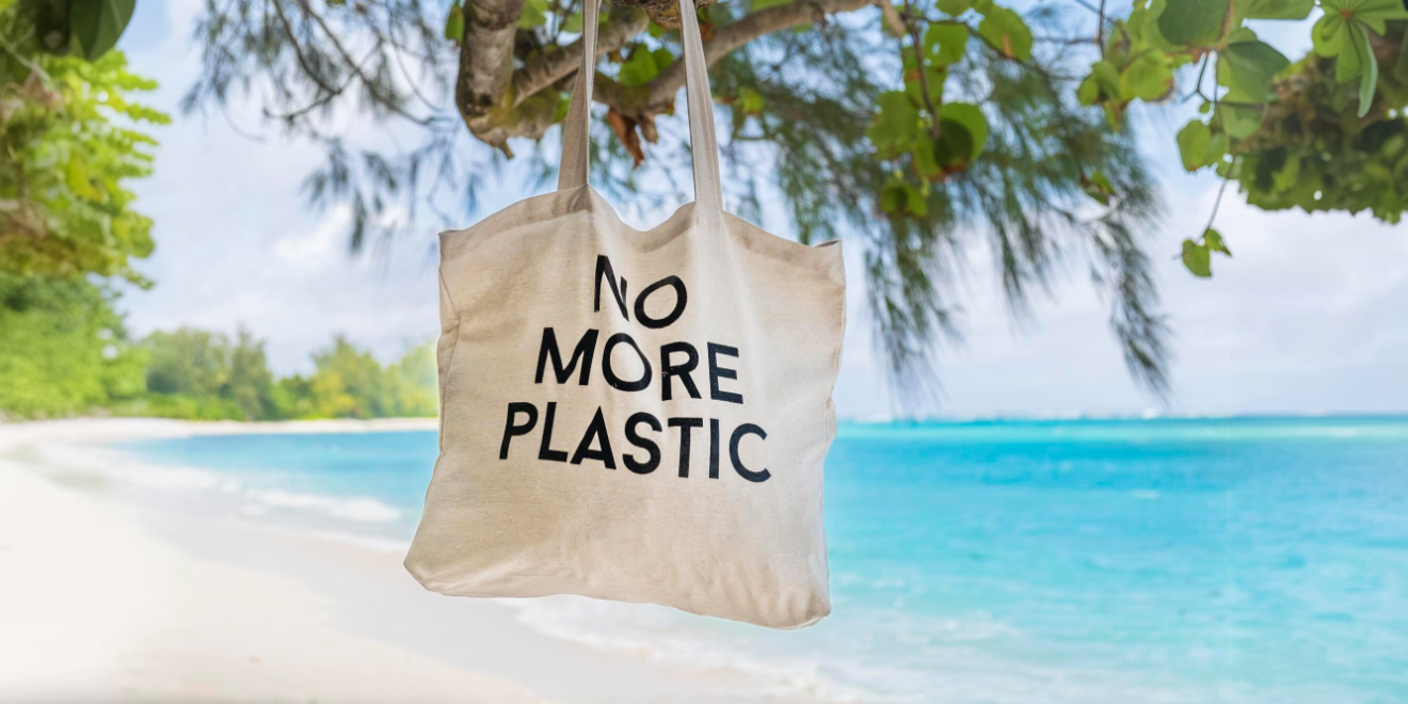
What makes a truly sustainable bag?
It’s easy to get caught up in buzzwords. “Sustainable.” “Eco-friendly.” “Vegan.” You see these labels everywhere, but what do they actually mean when it comes to the bags we carry every day?
The truth? Not all “green” bags are created equal. Some are made with recycled fabrics but produced in factories with questionable labor practices. Others look sustainable but fall apart within a year, sending you back to square one.
So how do you choose a sustainable bag—one that’s better for the planet, built to last, and made with purpose? Let’s break it down together.
The material story: More than just recycled
A truly sustainable bag starts with its materials. You’ve probably heard of rPET (recycled polyester), made from old plastic bottles. A solid option, sure. But there’s so much more happening in this space.
More and more brands are turning to plant-based alternatives like Piñatex® (made from pineapple leaf fibers), organic cotton, and MIRUM® (a plastic-free vegan leather). Recycled nylon is also popular, often sourced from fishing nets or industrial waste.
Here’s what to look for in sustainable materials:
- Avoid virgin plastics or materials with a heavy ecological footprint
- Check for certifications (GRS, OEKO-TEX®, FSC)
- Choose materials from waste streams or renewable sources
It’s not about simply ticking a “recycled” box. Ask where the material came from and how much emissions, water, or waste it actually saves.
Curious about what we use at The BlueWave Collective? Explore our Sustainable Materials page for the full breakdown.
It’s also about who made your bag
Materials matter, but so does the human side of the story. A bag made from recycled fabric isn’t truly sustainable if it’s sewn in a factory where workers aren’t paid fairly or work in unsafe conditions.
Look for brands that are transparent about their supply chains. Fair Trade Certified™ production, living wage commitments, or even a B Corp status are signs a company is walking the talk—not just marketing.
Bonus points for brands offering traceability tools like QR codes showing where and by whom your bag was made. That level of transparency is rare, but it’s the future of conscious design.
Built for life, not for landfill
Let’s be honest: the most sustainable bag is the one you don’t have to replace in six months. The fashion industry’s biggest environmental problem isn’t always fabric—it’s overproduction and waste.
When choosing a bag, factor in durability:
- Reinforced stitching and quality zippers
- Water-resistant coatings that won’t crack or peel
- A timeless design you’ll want to wear two, five, even ten years from now
Even better if the brand offers a repair program or take-back initiative. At BlueWave, we’ve introduced our TBC Buy Back program. Tired of your purchase and ready for something new? We’ll buy it back and give it a second life.
Discover more about our TBC Buy Back Program.
Quick guide (because we know you’re busy)
Scrolling product pages and want to make a fast, sustainable choice? Check these three points:
- Check the material – Prioritize recycled or renewable materials, not just anything labeled “eco.”
- Dig deeper – Does the brand talk about who makes their bags? Can they back it up?
- Think long term – Choose a bag you’ll love next year, not just this season.
Sustainability shouldn’t mean compromise. It can look good, feel good, and do good—when done right.




